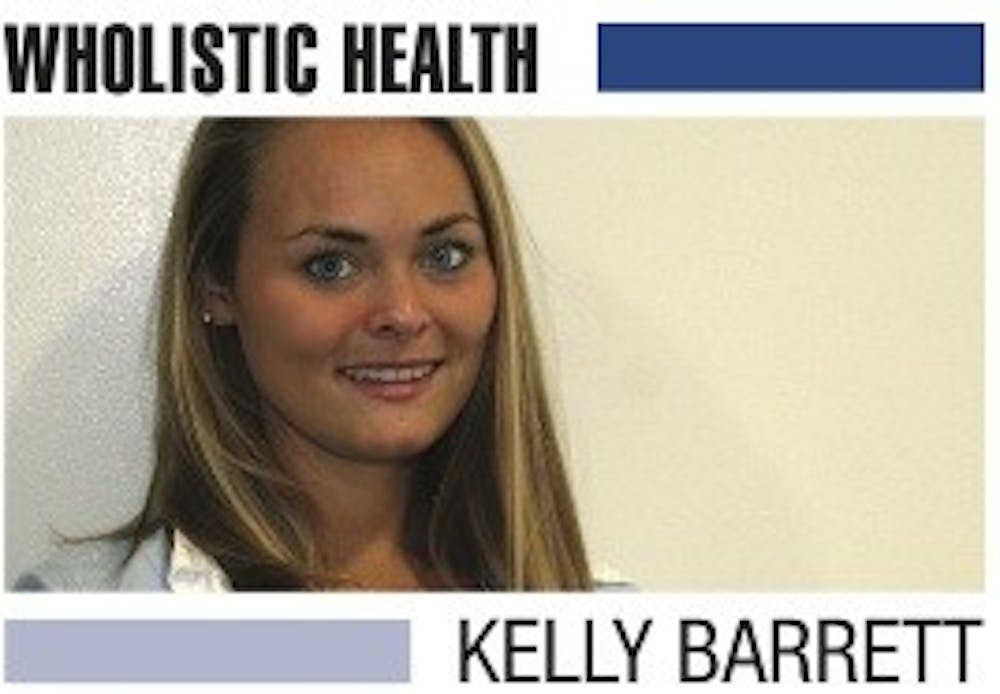On a scale of one to 10, how happy are you? Ever wonder if maybe you aren’t as happy as you could be?
Imagine a happiness number line, with “0” in the center, “-10” on one end and “10” on the other. The happiest place ever is “10,” while “-10” is the unhappiest. And “0” is just fine. Most people, even those who believe they are perfectly content, actually linger around “0” in the center of the number line. People that are depressed or have other psychological conditions typically fall in the negatives. Throughout most of psychology’s history, doctors have focused on these people in the negatives, considering proper mental health to be the absence of aversive states. That is, as long as you didn’t have a diagnosable disorder, you were fine and generally ignored. The psychology community spent little time researching therapies that could help people that are “just fine” to be extremely happy. But what if “just fine” was just not good enough?
Lately, some psychologists have been investigating this. I spoke to Dr. Anthony Ahrens, a psychology professor at AU who has taught theories of happiness and an honors colloquium on positive psychology. Ahrens explained that positive psychology focuses not on getting rid of disorders, but on maximizing one’s happiness using the person’s individual strengths, regardless of whether a disorder is present.
Positive psychology, or “the psychology of human strengths,” as it has come to be called, has been extensively developed by Dr. Martin Seligman, a psychology professor at the University of Pennsylvania. Seligman is working to develop a system of human strength categorization, which would be an important tool in this psychology, just as the Diagnostic and Statistical Manual of Mental Disorders (DSM) has served as a tool in diagnosing sufferers of mental disorders.
Ahrens explained that there are two therapies in this practice that have been clinically shown to increase overall happiness. The first therapy involves identifying your “signature strengths” and then finding ways to use them every day in new ways. Now, maybe you already know what your signature strength is. Maybe you are always the comedian in the room, so perhaps your strength is your humor. If you aren’t sure what your “signature strength” is, as I wasn’t, never fear. There’s a test online, of course. Don’t you just love the Internet? If you go to authentichappiness.sas.upenn.edu, you’ll be brought to a huge list of questionnaires. You can register for free, then take the VIA Survey of Character Strengths. The survey is long, but whatever — just consider it 15 minutes of your life you would have spent putzing around on Facebook, anyway.
I took the survey, and my highest strength was “curiosity and interest in the world.” Therefore, I should focus on actively using my curiosity throughout the day. Ever since I was a little girl, I’ve been the one always asking questions, but maybe I need to ask more. I love to travel, people-watch and talk to new people, so perhaps it would be helpful for me to find ways to meet and talk to new people on ordinary days. I love when I find that there’s an interesting person sitting next to me on an airplane, the bus or the Metro; however, I don’t always feel comfortable talking to random people. But maybe I should try it more often anyway. Whenever there are opportunities to satisfy my curiosity, I should go for it, because it could actually be more therapeutic for me than I might have realized. Figure out what your strength is, and then do whatever you can to use it.
The second therapy Ahrens discussed involves reflecting on each day and thinking of three good things that happened, and why they happened. This allows you to not only find things to be grateful for, but to assess what made them possible. Maybe you got a good grade back on an exam, and you know it was because you had studied using a certain method. Reflecting on this activity and why it happened will help you to reinforce those behaviors, and the happiness you experienced as a result, in the future.
Sure, this psychology is a bit new age-y. But I think it’s important for us as college students to consider trying these kinds of mental exercises as much as we can. It’s not like anyone will know, because it all goes on in your head. I’m a big believer in the mind-body connection. So, if your mind is in a healthy place, it is much more likely that your body will be too. In fact, I personally look at these therapies as forms of preventative medicine. If we can “train” ourselves to be happier early in life, I predict it will be easier for us to avoid illness as we age.
Cheers to making ourselves happy.
You can reach this columnist at kbarrett@theeagleonline.com.





